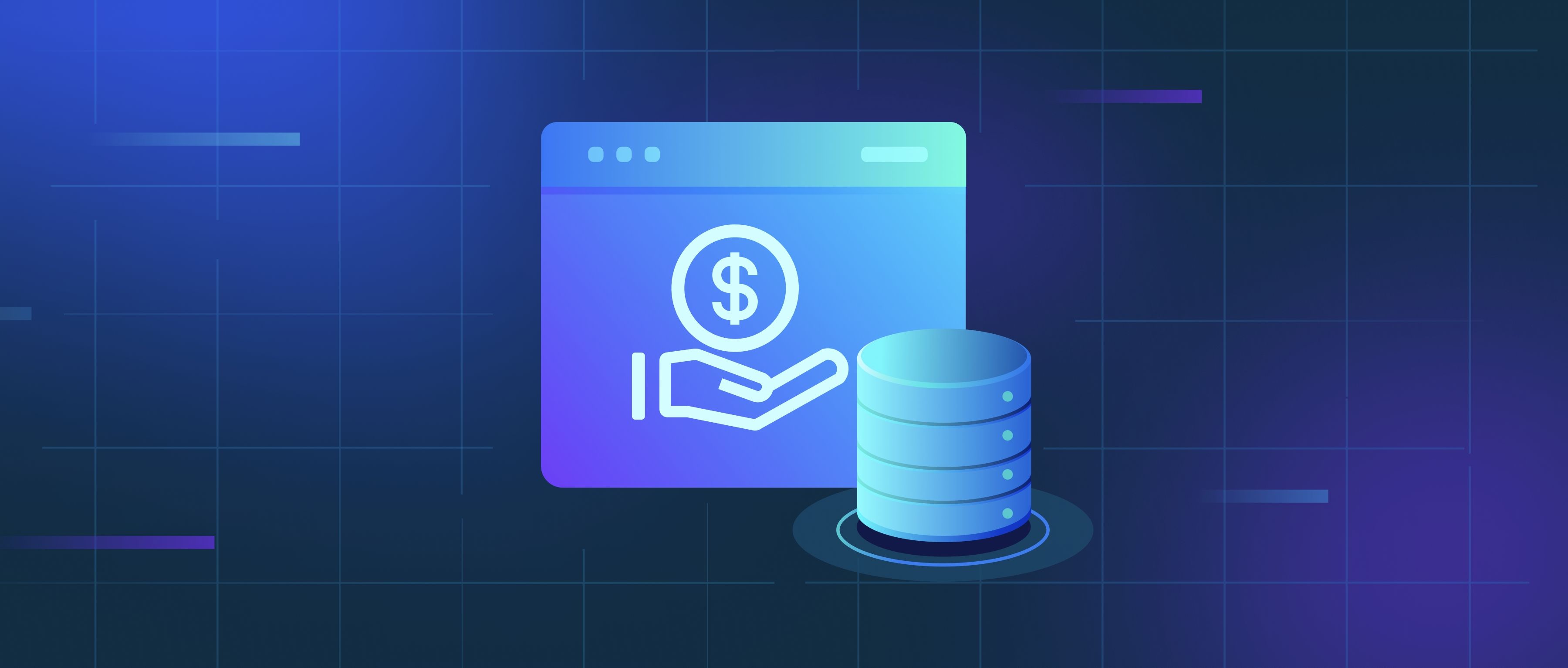To mask backend latency in a RAG system, three main strategies can be employed: streaming generated tokens incrementally, overlapping retrieval and generation phases, and chunking responses into logical sections. Each approach balances responsiveness with technical complexity, depending on the system’s requirements.
1. Token-Level Streaming During Generation
Once the retrieval phase completes, the language model can generate and stream tokens to the client one at a time. This is common in chatbots, where text appears progressively, giving the illusion of speed even if retrieval took time. For example, an API can use server-sent events (SSE) or WebSocket to send tokens as they’re produced. While this doesn’t hide retrieval latency, it minimizes perceived delay during generation. Tools like OpenAI’s API support this via stream=True flags. However, this requires careful handling of network interruptions and client-side rendering to ensure a smooth user experience.
2. Overlapping Retrieval and Generation Here, the system starts generating a response as soon as some documents are retrieved, rather than waiting for all. For instance, a two-stage retrieval process could first fetch a small set of documents quickly (e.g., using a lightweight vector search), begin generation, and then refine the response as more accurate documents arrive from a slower, detailed search. This requires the generator to handle incremental context updates. A practical example is a support chatbot that provides an initial answer based on a keyword match, then appends citations from a deeper semantic search. The risk is inconsistency if later documents contradict earlier ones, so the UI might need to indicate provisional answers.
3. Chunking Responses into Logical Units Break the response into sections (e.g., summary, details, sources) and stream each as it’s ready. For example, a query about climate change could first return a brief overview, followed by bullet points with statistics, and finally source links. This works well for structured queries and can be combined with placeholder messages like “Gathering sources…” during retrieval. Implementing this requires defining clear response templates and ensuring the generator adheres to them. Markdown or JSON structures can help clients parse incremental updates. However, this approach demands upfront design effort to identify logical splits and may not suit open-ended questions.
Trade-offs and Implementation Notes
- Streaming tokens is straightforward but doesn’t address retrieval delays. Overlapping phases reduces latency but risks inconsistency. Chunking requires predefined templates but offers predictability.
- Use asynchronous pipelines (e.g., Python’s
asyncio) to parallelize retrieval and generation. For HTTP, SSE is simpler than WebSocket for unidirectional streaming. - Monitor metrics like time-to-first-token and end-to-end latency to evaluate effectiveness. Always inform users when responses are provisional, such as with “…” or loading indicators.
